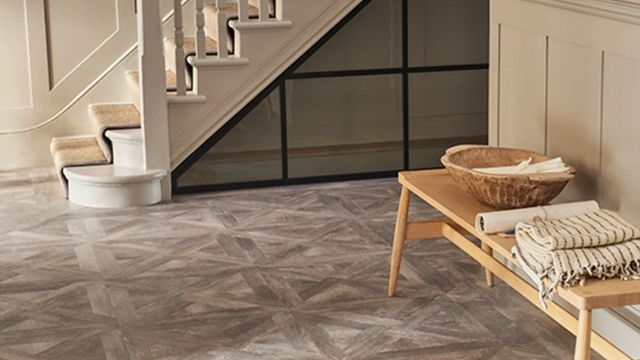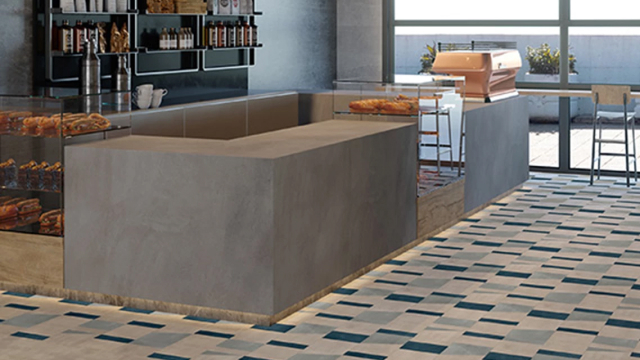When is a safety floor not a safety floor?
When it doesn’t meet the BS EN 13845 Enhanced Slip Standard.
People rarely slip on clean, dry floors and according to the HSE, almost all slips happen when flooring is wet or contaminated with anything from oil to food debris and even dust. The best way to combat slips and trips is to design them out of a building, and part of this solution is to specify a reliable safety floor. The testing data around safety and slip resistance can seem complex, so here is our simplified guide.
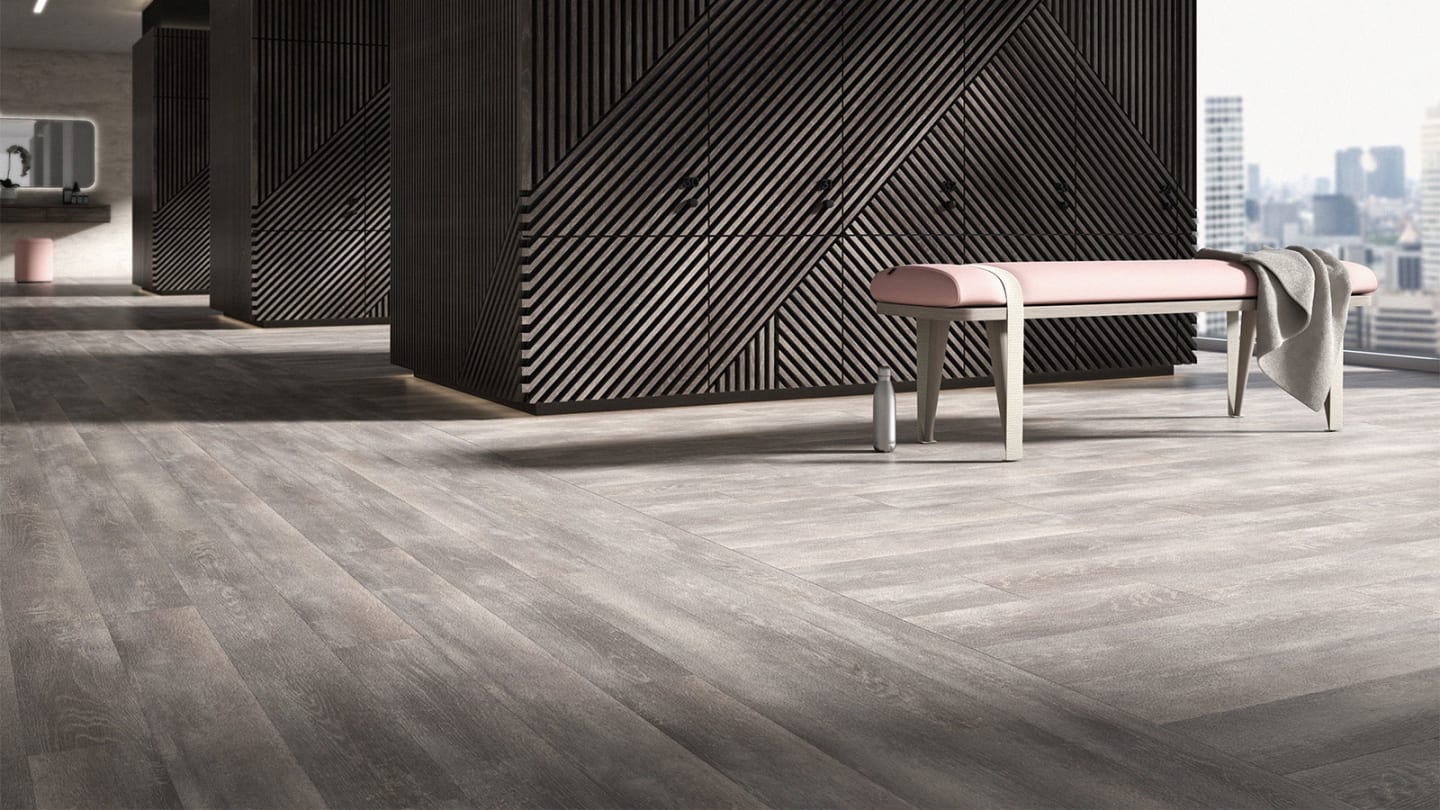
Alpine Oak from the Signature Safety collection.
What is a safety floor?
A safety floor is defined as flooring that has sustainable slip resistance over the lifetime of the product and meets the requirements of the Enhanced Slip Standard BS EN 13845.
How is slip resistance measured?
The ex-factory or ‘out of the box’ slip resistance of flooring can be measured using a range of standards. The most common ratings you will see are ‘R’ ratings which come from the ramp test (DIN 51130) but there are other methods of testing, dependent on the type of flooring and where it will be used. Here are some of the most common ratings to look out for:
1. German Ramp Test DIN 51130
This test is commonly used throughout Europe. An operator wearing safety boots and a harness walks up and down flooring samples mounted on a ramp, while the ramp is slowly inclined and motor oil is fed onto the surface. The angle at which the operator begins to slip determines the ‘R’ rating. This test can only be carried out using large lab-based apparatus so is impossible to carry out on flooring which is already laid in public spaces.
Amtico Signature Safety and Spacia Safety achieve an R10 performance rating, which makes the flooring perfect for education, restaurants and bars and other heavy traffic public spaces.
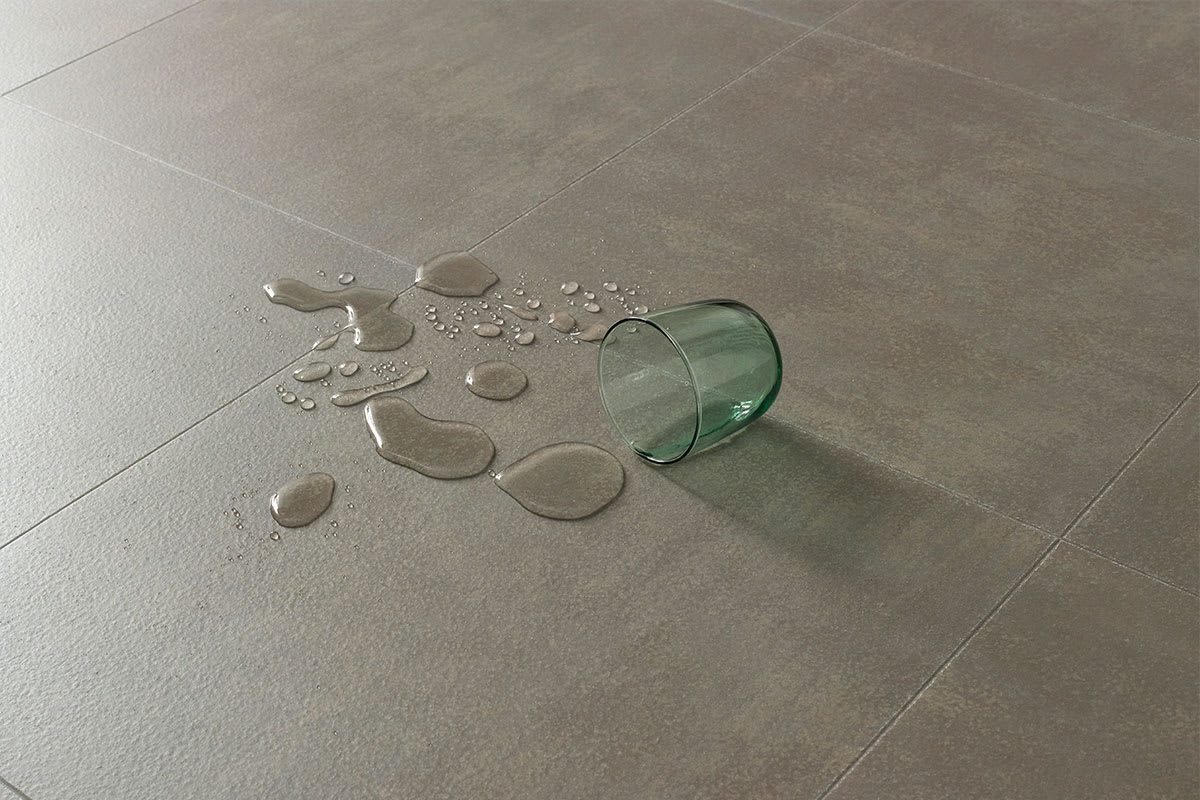
Metropolis Smoke from the Spacia Safety collection
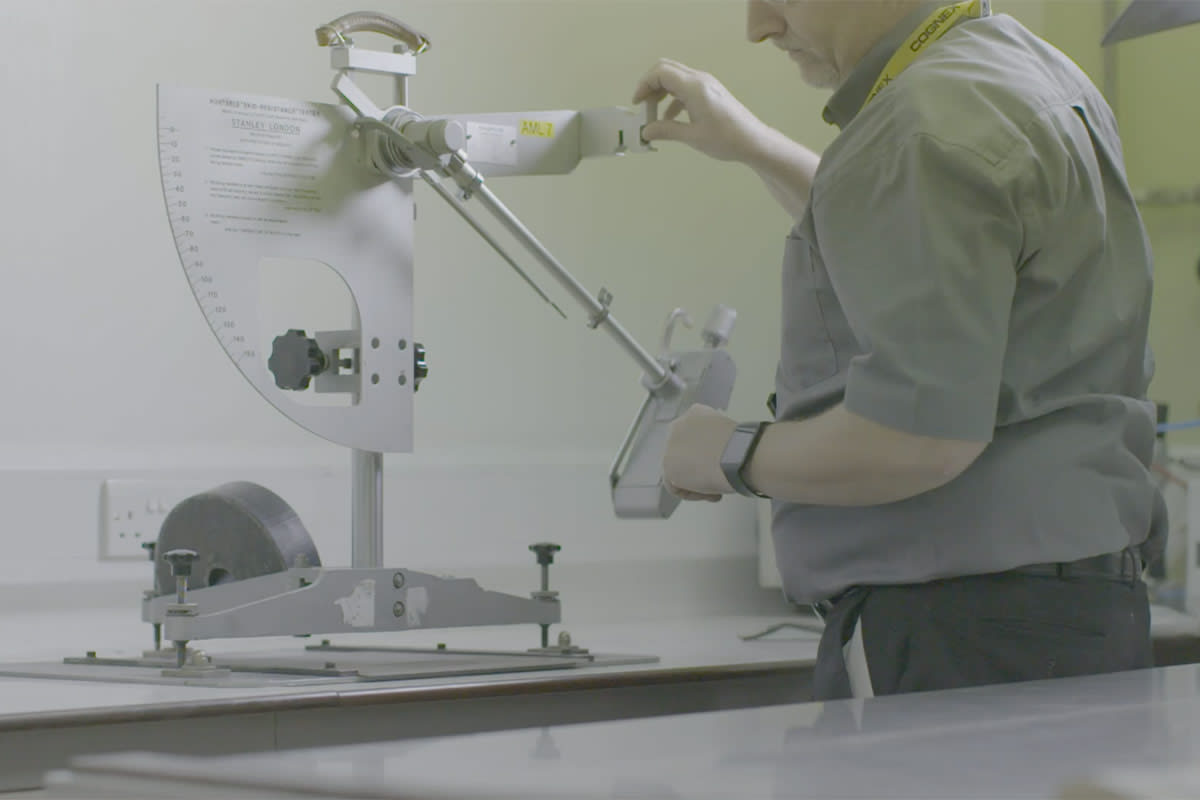
Pendulum Slip Test
2. Pendulum Slip Test (BS 7976 – Pt 2)
This test is the preferred method of the UK Health and Safety Executive (HSE) and the UK Slip Resistance Group. A swinging imitation heel is placed in contact with the flooring. The more slip resistant a floor is, the more the surface will slow the rubber foot as it swings. This test can be carried out in the wet and dry, and the testing mechanism is portable and can be used in situ.
The Pendulum Test Value (PTV) equates to an approximate accident risk and Amtico safety flooring carries a PTV of 36+ in the wet, which places it in the low slip potential bracket.
Safety Flooring FAQs
We asked Gary Wilson, Amtico’s Head of Research and Development, to explain the Enhanced Slip Standard and why this is the most important thing to look out for when specifying safety flooring.
Both R10 and 36+ are slip resistance ratings measured ‘ex-factory’ or ‘out of the box’, which means the performance is stated at the point of purchase only. Many standard LVT products will achieve R10 or 36+ when they leave the factory, but a floor can only be classed as a safety floor if it achieves the BS EN 13845 Enhanced Slip Standard which is measured through abrasion testing.
The number of slip resistant particles in a defined area on the surface of a product are counted, then at each stage of 10,000 cycles of abrasion, the product must have lost no more than 10% of the original slip resistant particles.
This performance is reported as the usage classification, and both Amtico Signature Safety and Spacia Safety perform at the highest level of 50,000 cycles making them suitable for Commercial Very Heavy and Light Industrial Heavy use.
No, and the level of slip resistance could diminish after installation as some products will not necessarily have particles embedded in the wear layer of the product.
Unless both have been tested you cannot assume a rating for one based on data for the other and there is no direct correlation.
Flooring needs to meet the requirements of the BS EN 13845 Enhanced Slip Standard and achieve the required rating for the intended level of use.

Gary Wilson
Amtico's Head of Research and Development
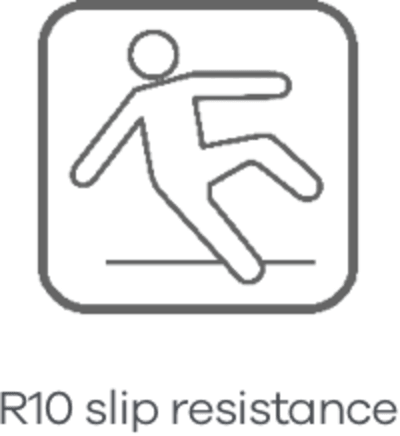
Our unique manufacturing technique distributes slip resistant particles throughout the wear layers, ensuring consistent performance over the floor's entire lifetime but without compromising on the aesthetic.
Explore our Safety Floor LVT Collections

Signature Safety
Delivering sustainable slip resistance, combined with the same extraordinary design philosophy that defines Amtico Signature.

Spacia Safety
A collection built for greater safety, Spacia Safety has slip-resistant and antimicrobial properties built into every plank.
Speak to a Sales Advisor
Our local sales teams can help you specify floors for your project, visit you on site and handle all your order enquiries

